
Thiolized Yeast 101
The brewing industry became clued into thiols when researchers began to identify them as the highly impactful compounds driving tropical aroma in modern hop varieties.
You are using an outdated browser not supported by The Brewers Association.
Please consider upgrading!
Yeast propagation and management are essential for a successful and stable fermentation. The resources in this section will help you care for, harvest and store yeast in your brewery.

The brewing industry became clued into thiols when researchers began to identify them as the highly impactful compounds driving tropical aroma in modern hop varieties.
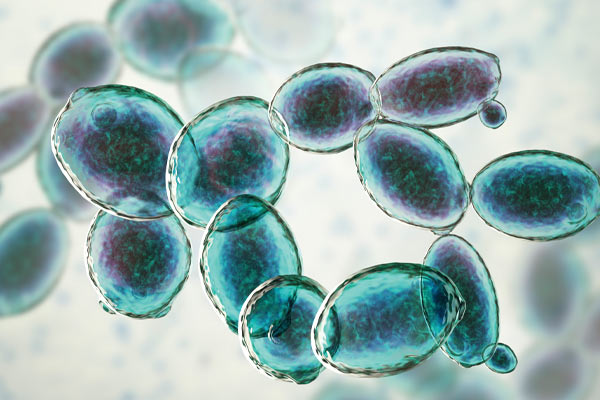
Yeast suppliers have started to provide a microbial avenue for creating non-alcoholic beer by offering nonstandard yeasts that have limited ability to digest crucial malt sugars.
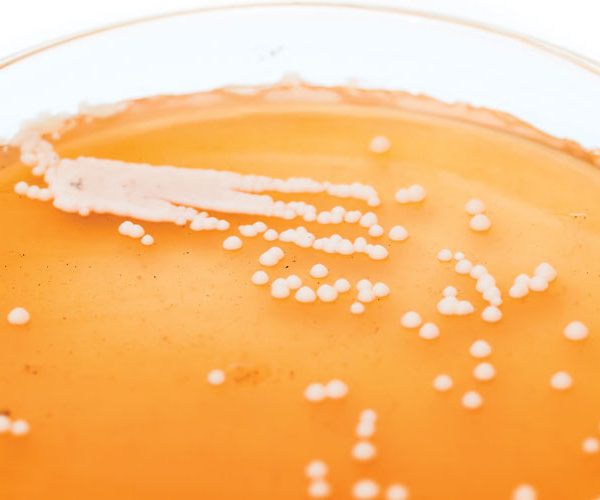
Craft brewers are starting to experiment more with alternative yeasts such as Lachancea thermotolerans, which produces a soft lactic tartness without harsh acidity.
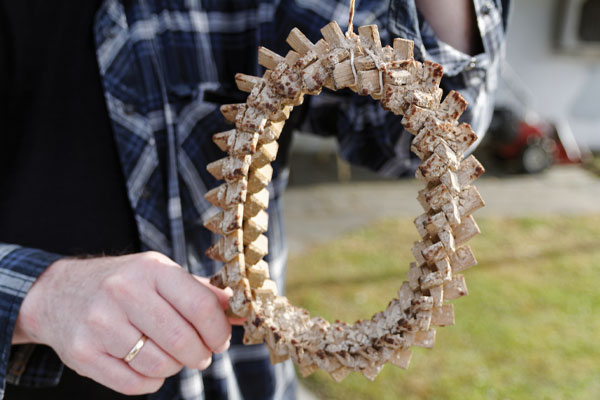
In an excerpt from Historical Brewing Techniques: The Lost Art of Farmhouse Brewing, the author takes a closer look at the proper care and handling of kveik yeast.

The modern brewing industry has barely scratched the surface of what is possible in the realm of fermenting organisms, as there is still much to be explored.

Lars Marius Garshol has been central to understanding that the kveik yeast may ultimately be more disruptive to brewing than something like brut IPA.

A healthy yeast cell is much more than a bioreactor that converts sugars to ethanol and CO2. If treated well, this critical organism will produce tasty beer with great qualities.
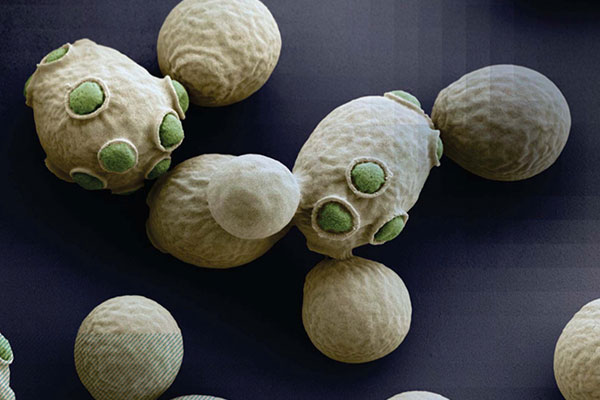
For many craft brewers, the only method of adding yeast to wort is by cone-to-cone pitching. But this simple method can result in highly variable fermentations.
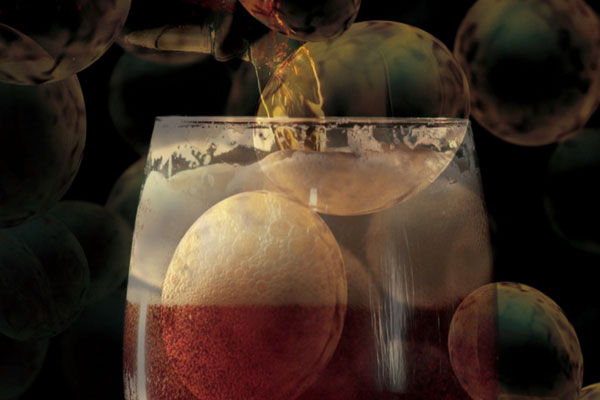
These days it seems everyone is talking about Brett, but what makes it so fascinating is that very little knowledge exists about this yeast and its use in brewing.